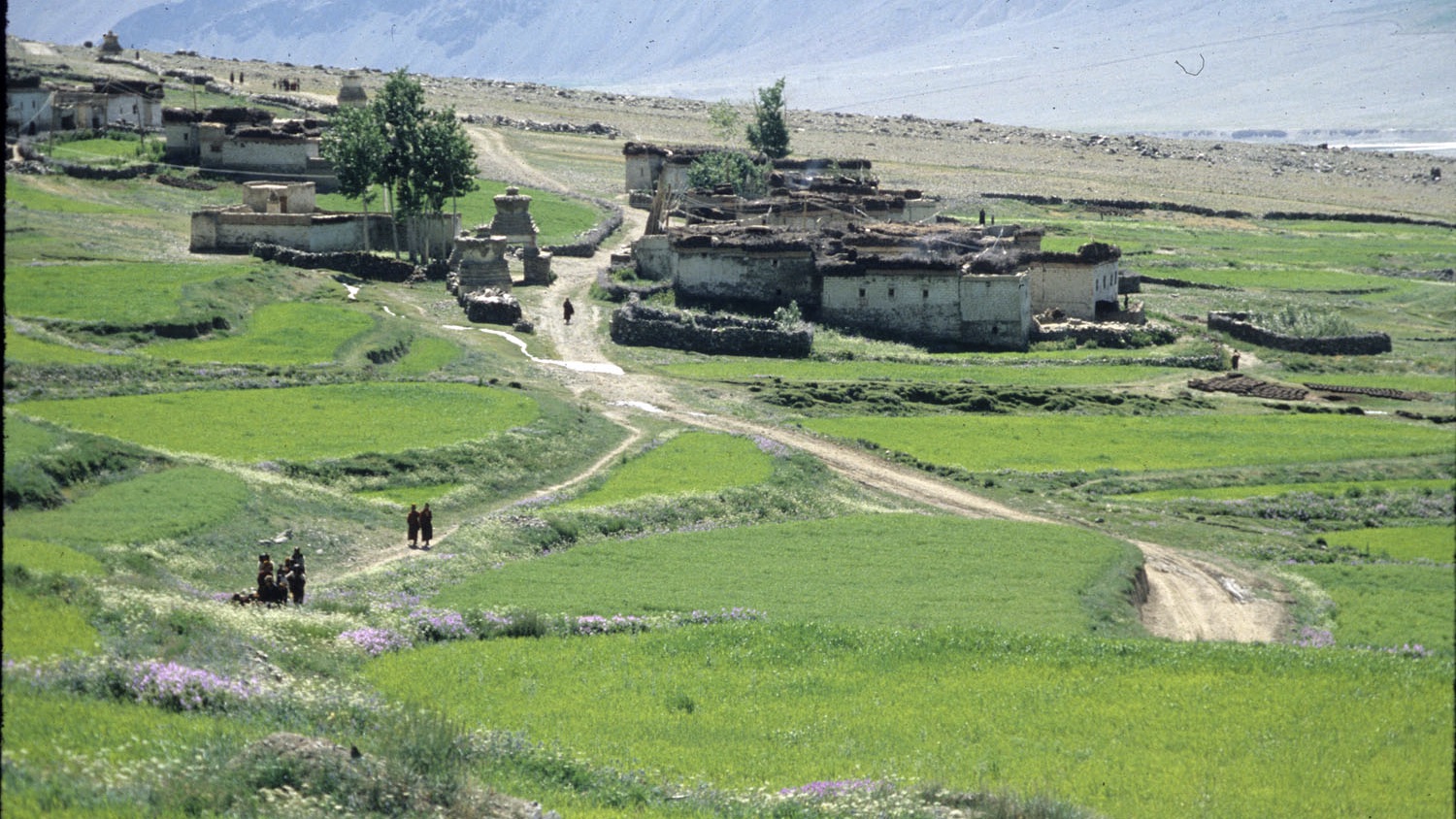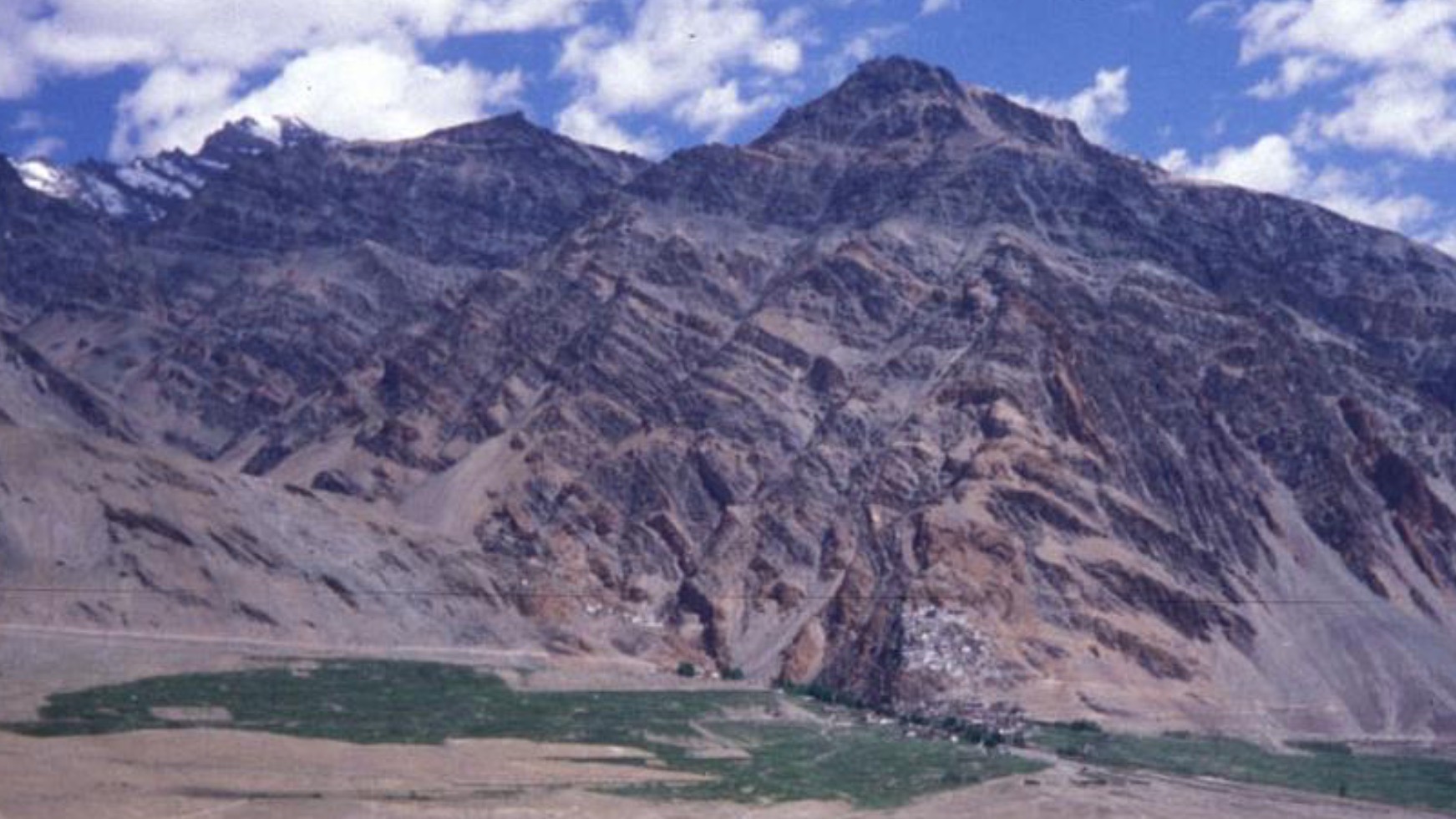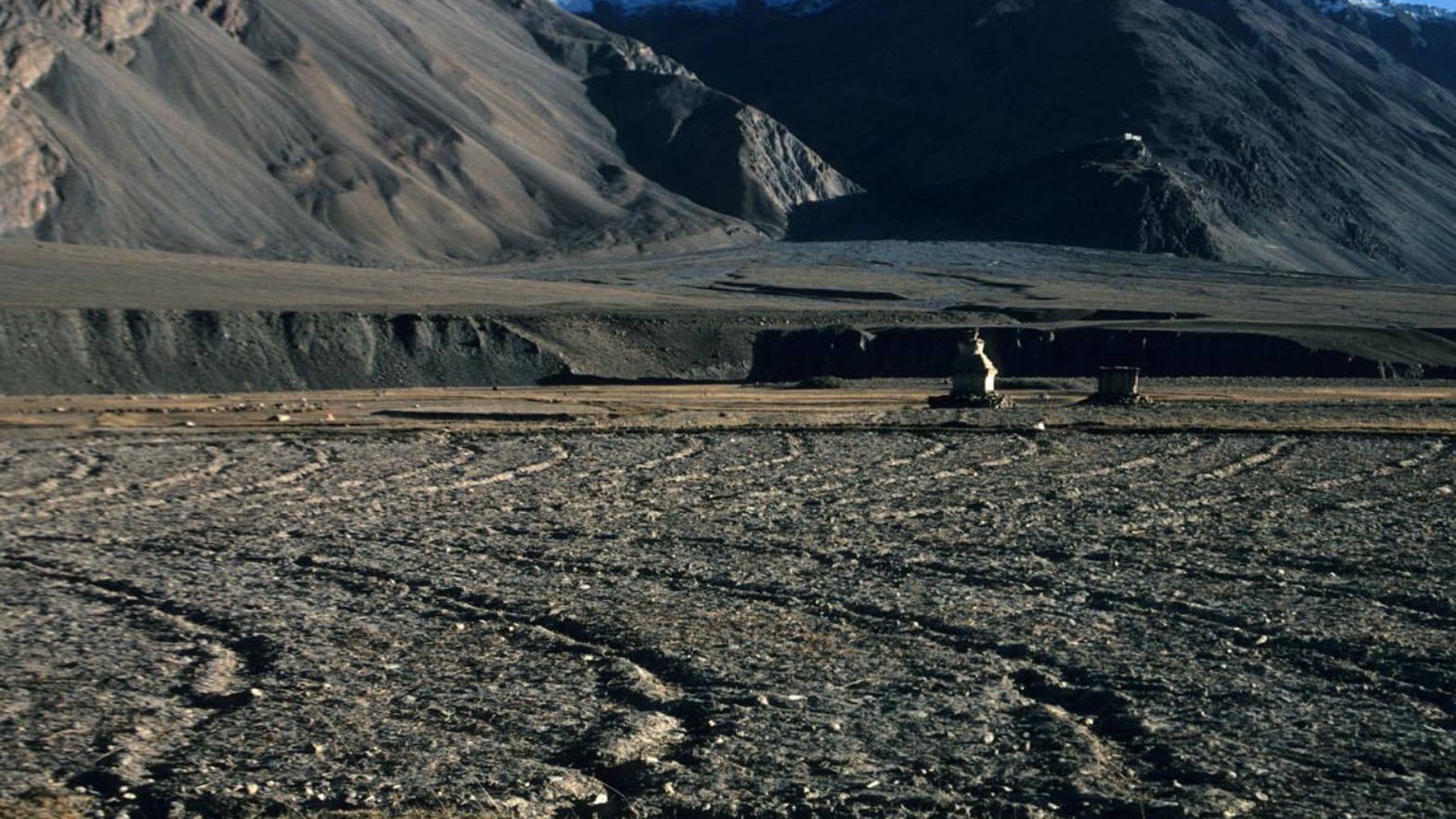Integrative Landscape Management
Climate Z will collaborate with Zangskari villagers to develop a series of integrative landscape management plans that illustrate the ongoing participatory management of communal resources –– water, fodder, fuel (animal dung and shrubs), & trees
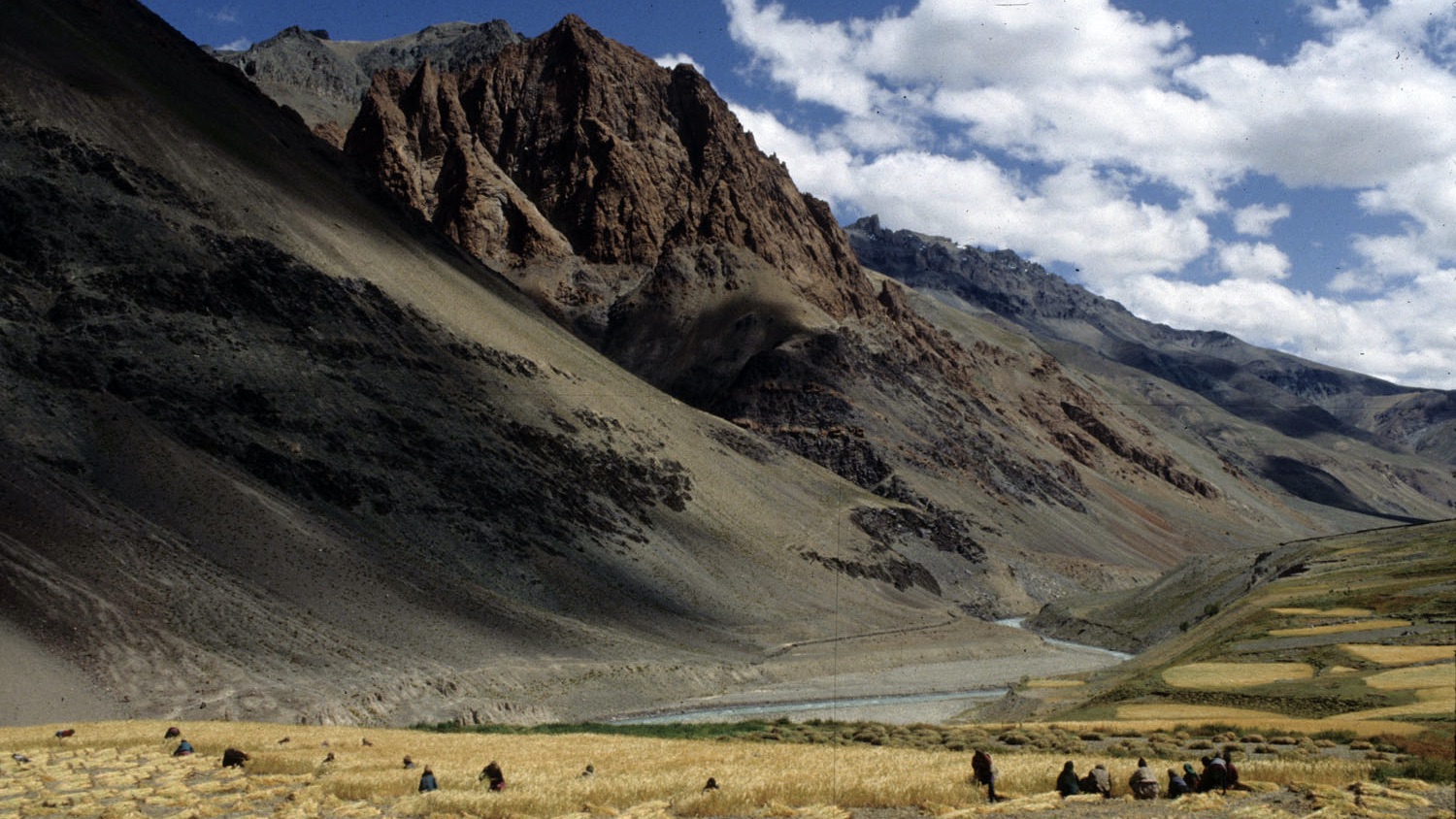
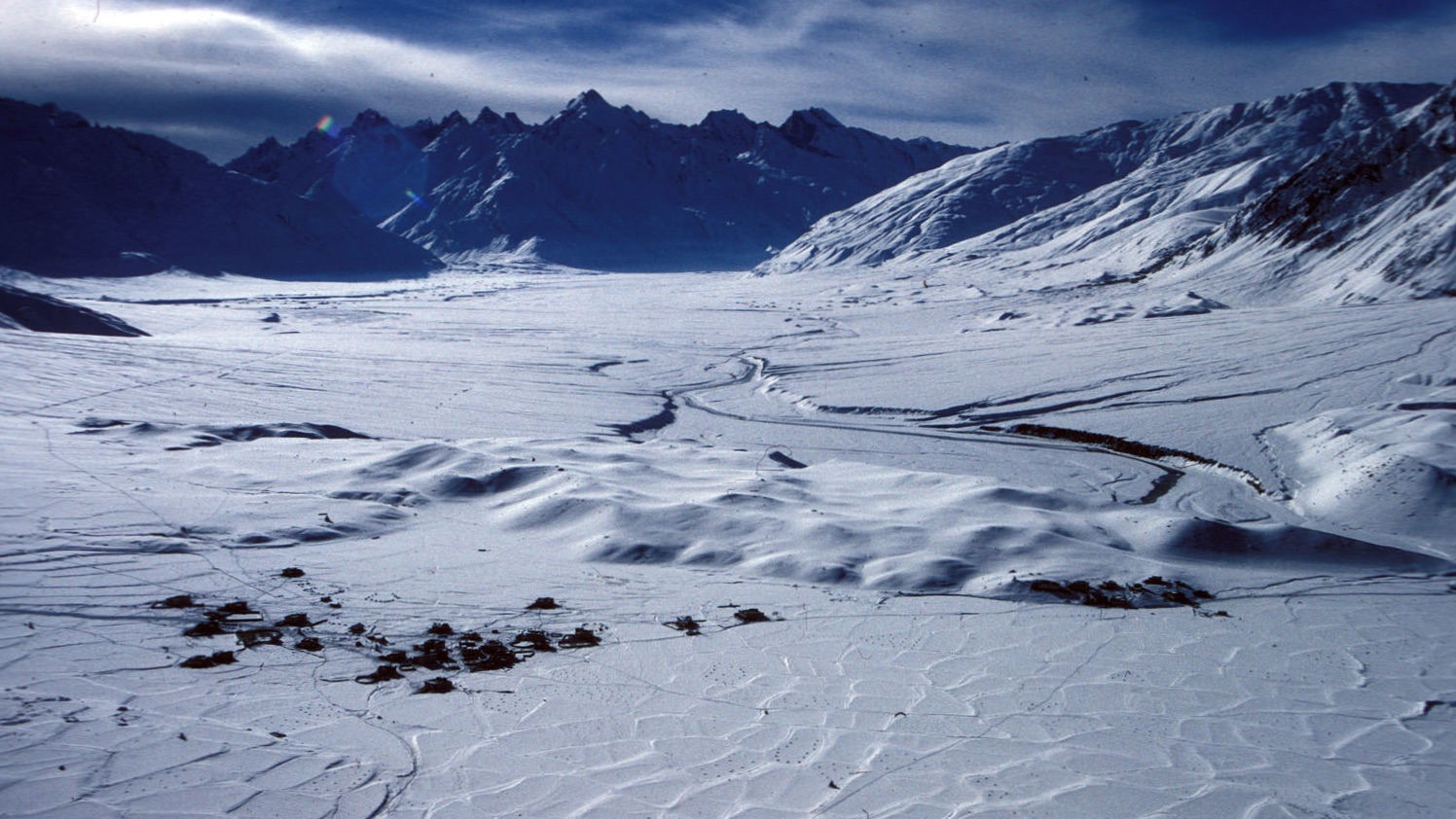
The management plans will highlight the innovative solutions and social dynamics of regenerative agro-pastoralism that have enabled Zangskaris to continuously inhabit this high altitude desert landscape over 5000 years without depleting environmental resources.
Climate Z will use the integrated landscape management plans to tell the local stories of innovative natural resource conservancy and management & climate change adaptation,
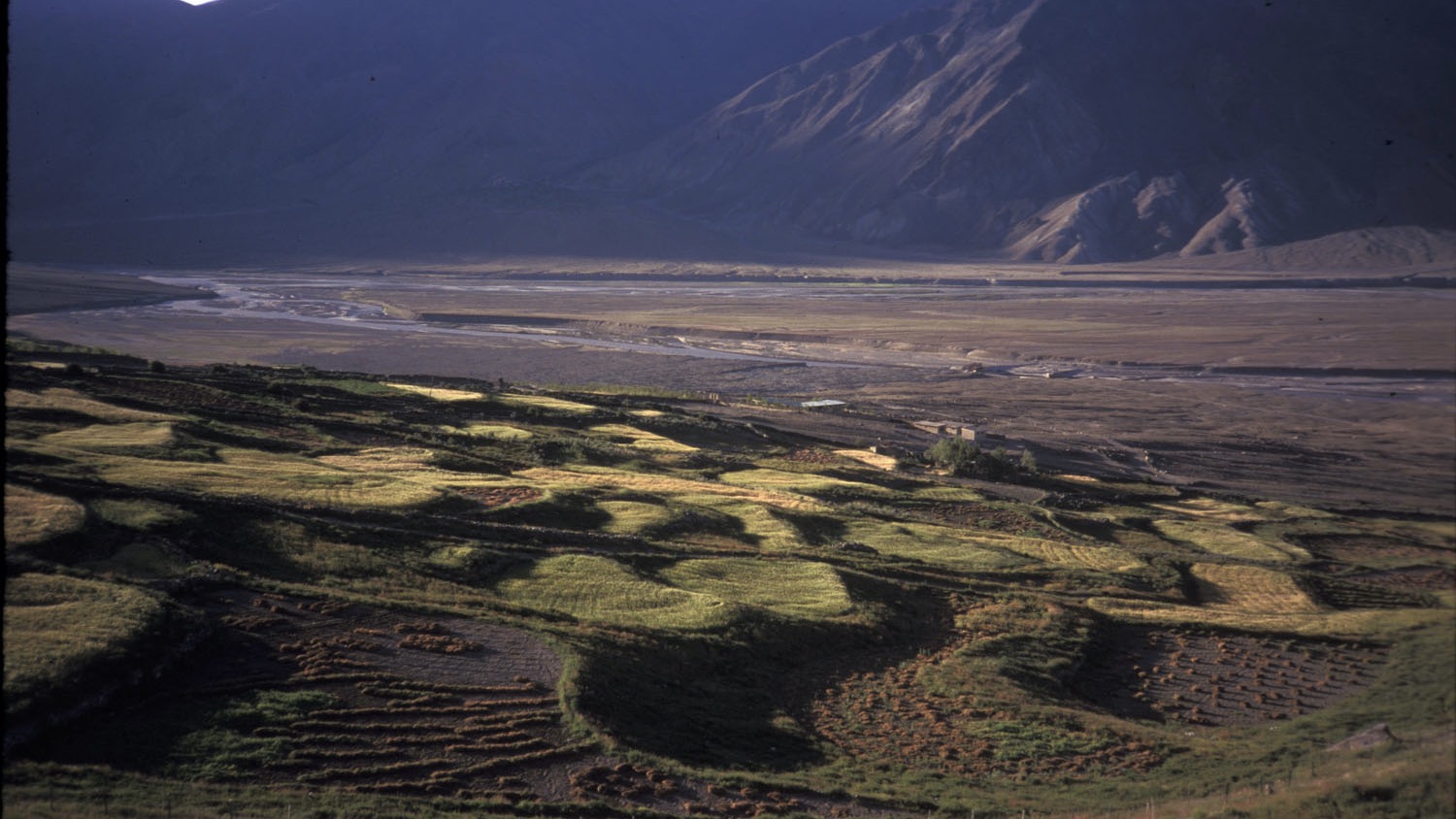
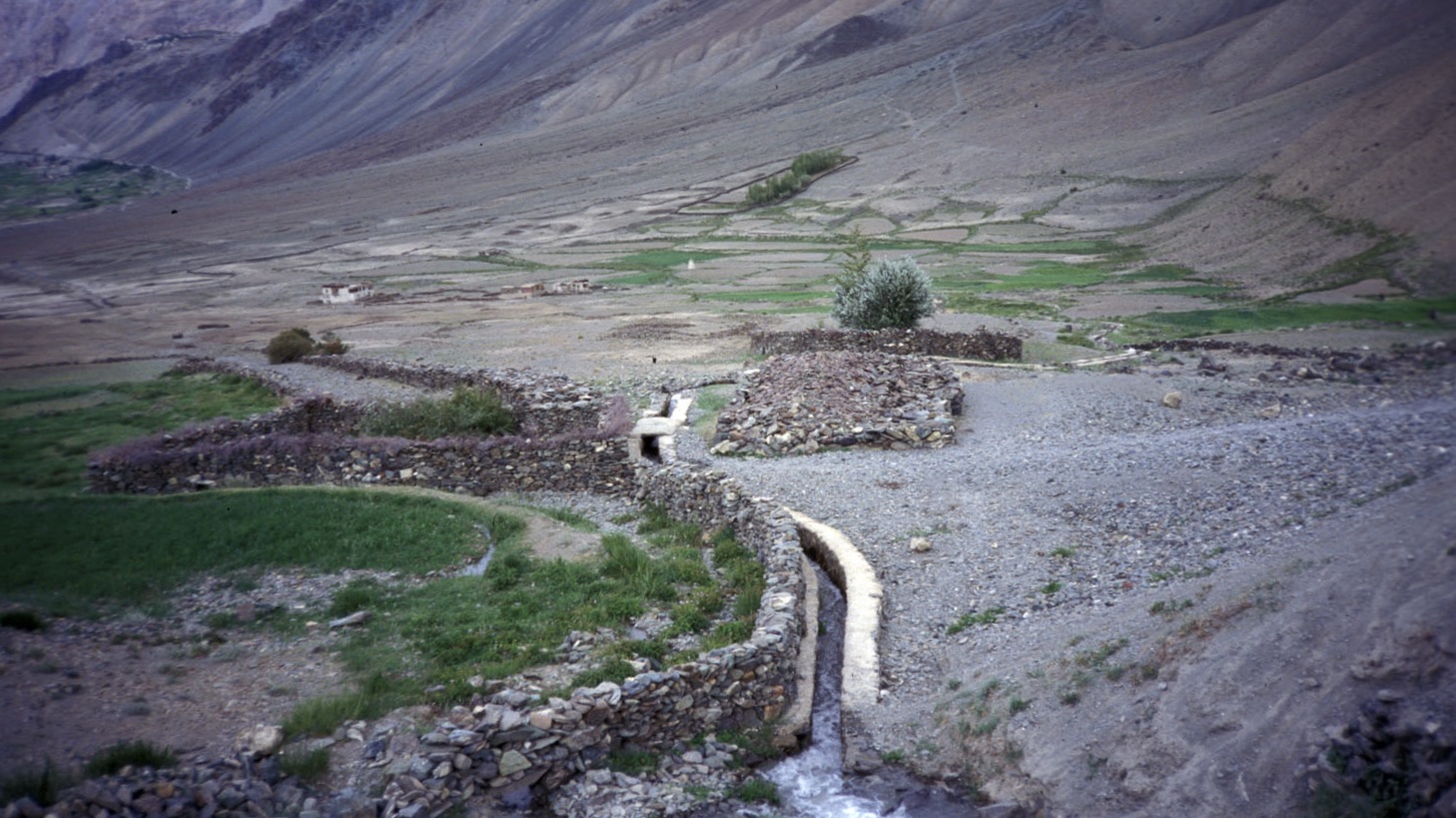
These landscape management plans tell the story of shared cultivation of barley, peas, wheat, and alfalfa, now supplemented by pulses, potatoes, & hardy vegetables that are being grown in greenhouses and experimental plots
The landscape management will describe the systems of water user groups and sharing that allow the cultivation of poplars & willows to provide cooking & heating fuel, as well as house construction materials
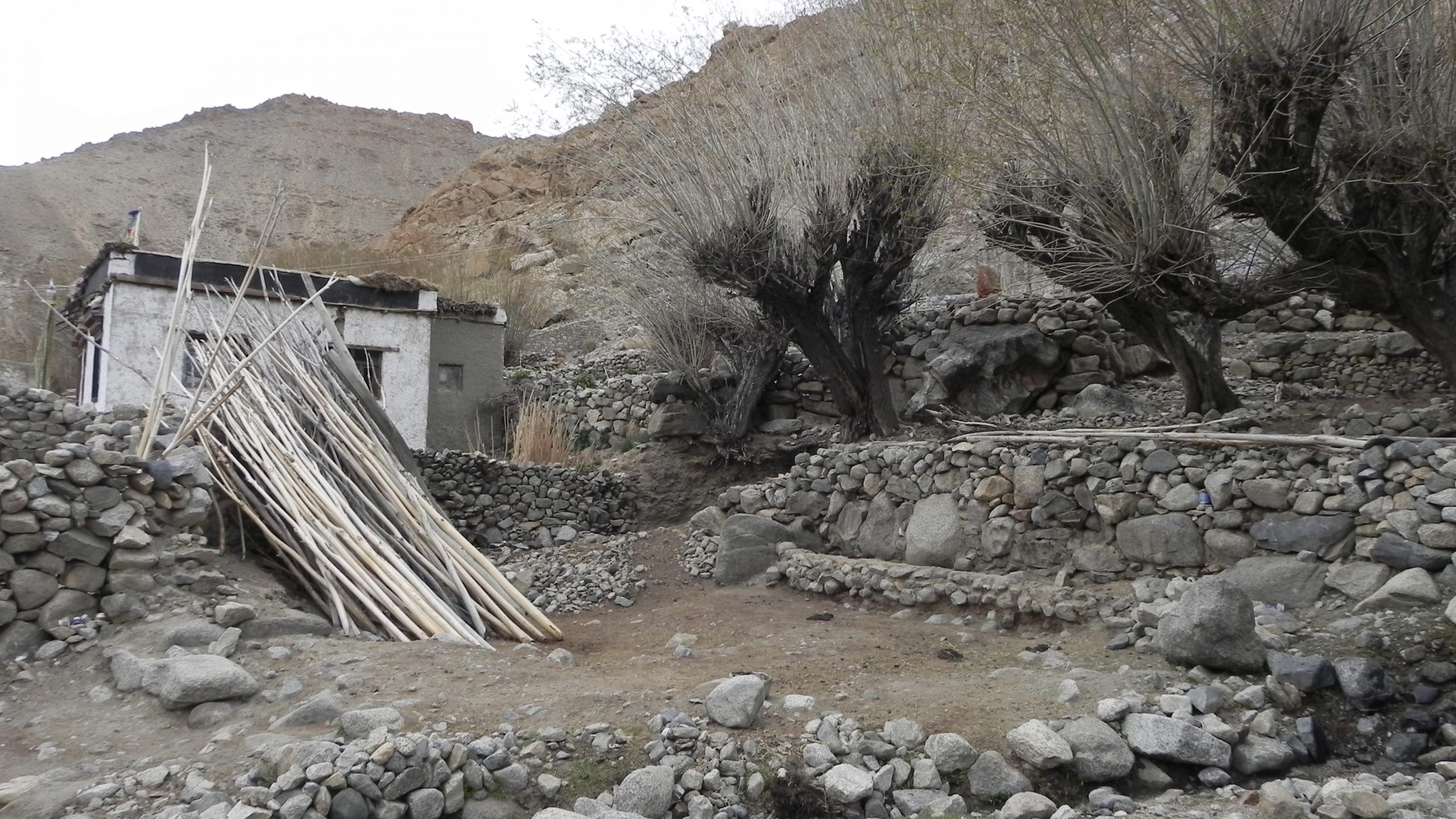
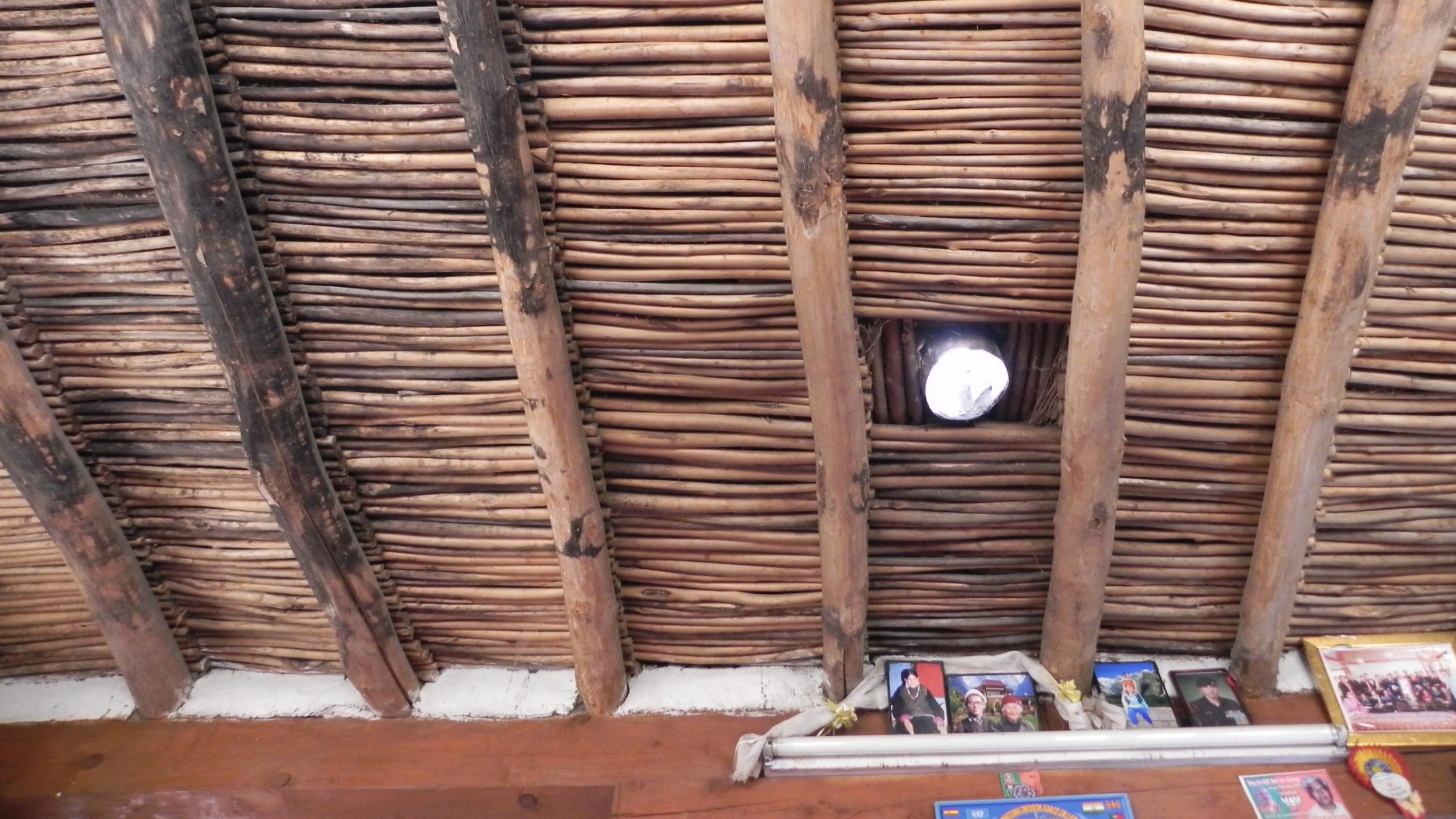
Poplars provide wood for roof beams and supporting pillars while willows are pollarded to produce short branches that form the traditional cross pieces of Ladakhi architecture.
Herds of livestock––yaks, dzo (a yak cow crossbreed), sheep, goats, donkeys, & horses provide milk, butter, cheese, wool, leather, & transport, along with other services.
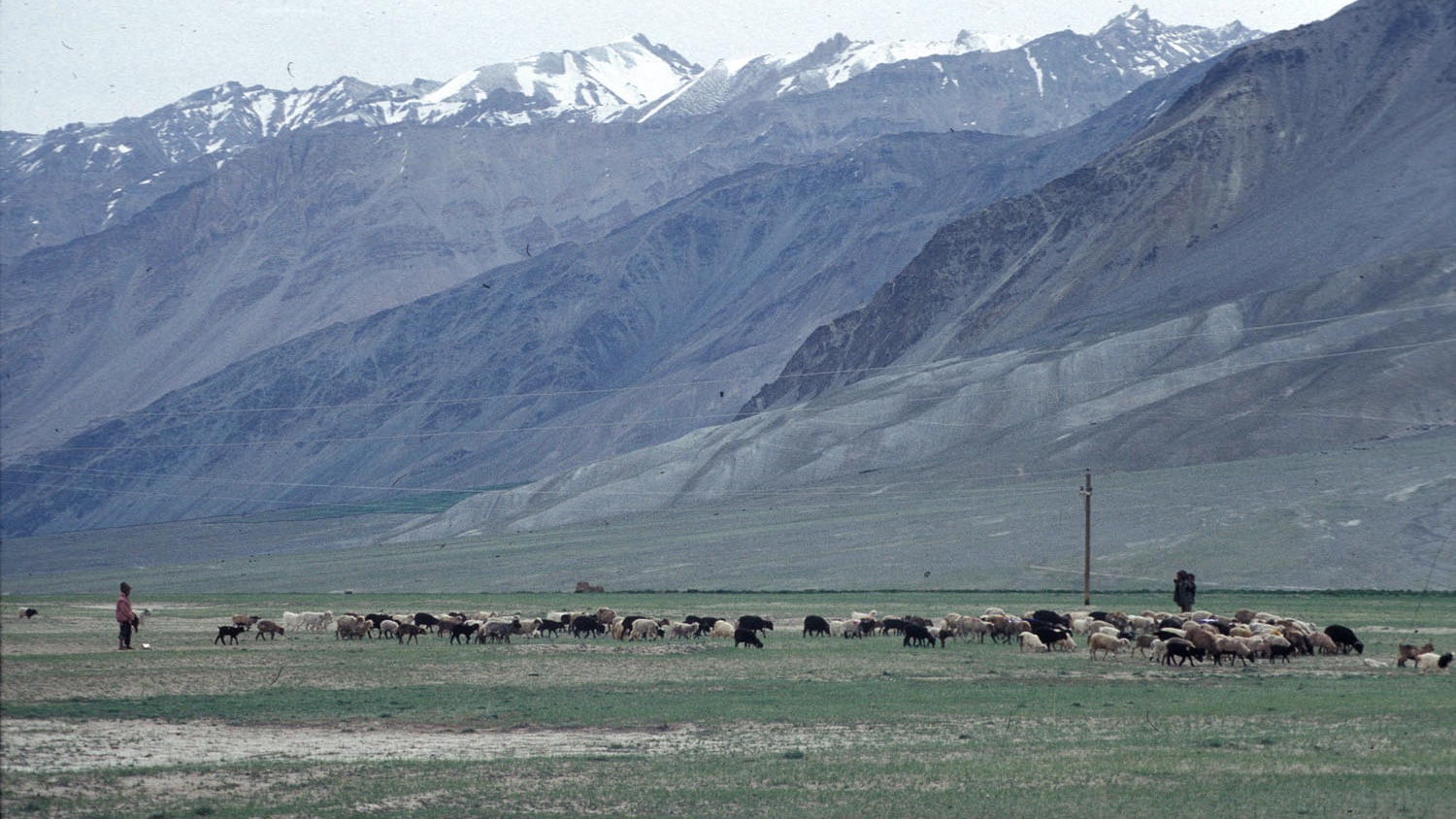
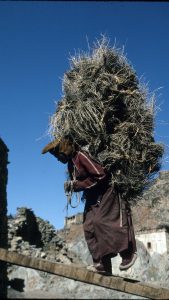
Wild woody shrubs and animal dung provide sustainable fuel for cooking and heating (to supplement LPG & kerosene)
The collaboratively developed integrated landscape management plans will illustrate the dynamic systems of irrigation, cultivation, and landscape stewardship based on principles of need not greed that have served this landscape and its human and animal inhabitants for millennia
Here are two samples of integrated landscape plans from published essays:
